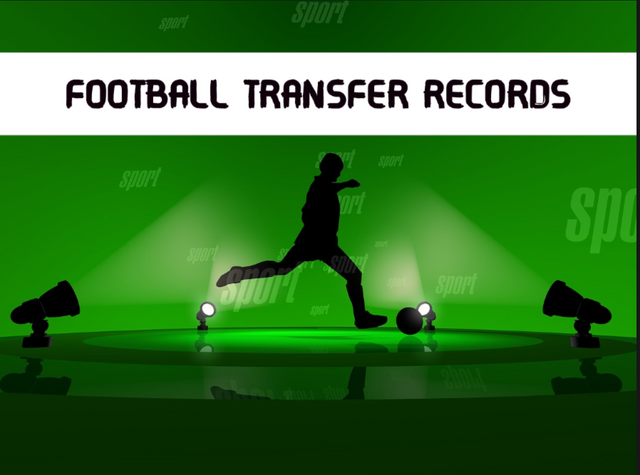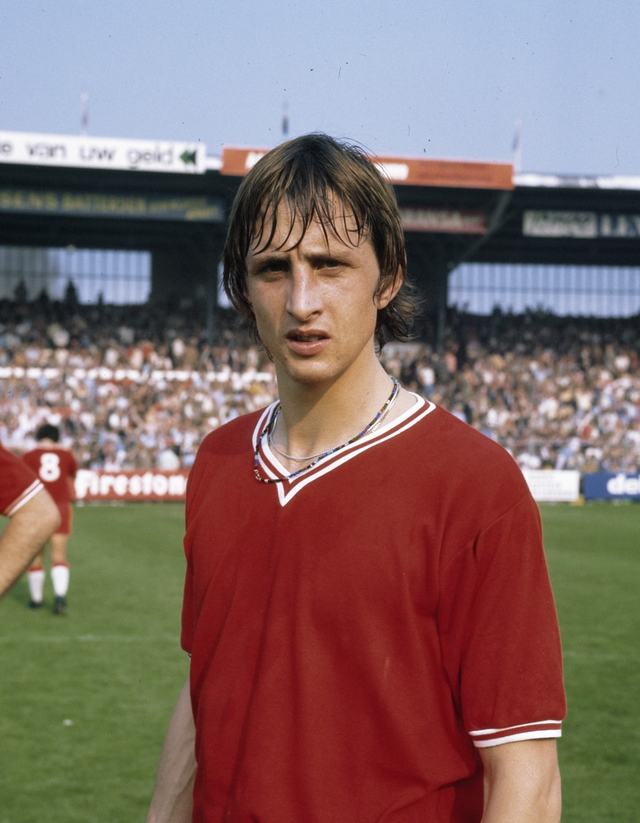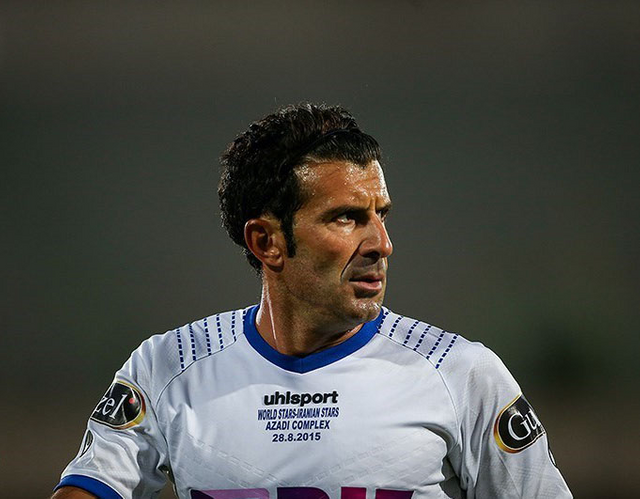

The first protest against this rule came in 1912 through the KingAby case. Fulham footballer Bert Kingaby made the case when his club was just preventing him from playing. But the case was dropped due to the wrong tactics of the councilors. At that time, the maximum wage for any player was 4 pounds a week, which put the players under a lot of pressure until 1963.
In 1963, this injustice to the players in England was ended by a court decision. A player then had to sign a contract with the old club between 1 April and the first Saturday in May. With some simple conditions, the clubs concerned could have stopped the player from canceling the contract if it seemed reasonable to the then Football Association. Players could also apply to the association to move to a different club, citing reasons. If it seemed reasonable to the Football Association, he would have had to play for the previous club. Football clubs could fix a player's transfer fee and put him on the transfer list, and if a club did not claim the transfer fee and did not want to keep the player, that player would be considered a release and would have to join other clubs at the end of June. Could start a conversation. This rule was in place until the 1995 Bassman Ruling. When his contract expired in 1990, Bosman moved from Belgian club Liege to French club Dunkirk. But if Dunkirk fails to pay his 500,000 transfer fee, he will have to stay at the previous club and 75 percent of his salary will be deducted from the previous club for not playing. As a result, he appealed to the European Court, and according to the rules of the court, in the case of any European league, the contract expires on 15 June 1995, allowing players to move to another club without a transfer fee.

The first high-profile player of this rule was Edgar Davis who was transferred from Ajax to Milan. With all this in mind, UEFA decided to open a 'transfer window' in the 2002-03 season. Since then, there have been two transfer windows in Europe since 2002, with more than one player being transferred to different teams. Moreover, players who are not under the contract of any club can sign with any club at any time. Moreover, different players can go to multiple clubs through loans, which is through agreements between the clubs.

Willie Groves was the first player in the history of football to be transferred above 100 euros, with a transfer fee of 112 euros. The first player to be transferred for a million euros was the legendary Dutchman Johan Cruyff, who has transferred from Ajax to Spanish club Barcelona, with a transfer fee of 1.8 million euros. Cristiano Ronaldo, then the most expensive player at the time, joined Real Madrid from Manchester United in 2009 for a record fee of 94 million euros. Then that Madrid again signed 'Million' man Gareth Bale in 2013 in exchange for a record transfer fee. In 2017, Manchester United brought in Paul Pogba from Juventus for a record 105 million euros, a record for the highest transfer fee ever.

However, in the case of football transfer, The concept - "gave money and bought players" - does not work. Even a few days ago, in the case of transfers, the division between the big team and the small team was very obvious, so there were a handful of teams in the transfer market. But now with the rise of new millionaires, the competition in that transfer market is now tens of thousands. For example, let's talk about Chelsea, one of the best clubs in the world. Before Roman Abramovich bought Chelsea in 2003, they had a total of 14 trophies, including two Second Division Championships and two Full Members' Cups. But since Abramovich's arrival, Chelsea has won 15 titles, including five in the Premier League and one in the Champions League. As of 2015, according to the Daily Mail, billionaire Abramovich has poured more than 1 billion behind Chelsea. Moreover, their progress after the acquisition of Manchester City by Al Mansour, a billionaire from the United Arab Emirates, in 2009 for 275 million British pounds is certainly not unknown to anyone.

However, the most talked-about transfer in history is the transfer of a player to a rival team. These included the transfer of Spanish player Torres from Liverpool to Chelsea and Tevez's transfer from Manchester United to City. Liverpool fans used to greet Torres as greedy. United fans did not take well to Tevez's move to City. Moreover, Arsenal's Samir Nasri did not tolerate less fuss after being transferred to City, which led him to publicly criticize Arsenal's supporters. But perhaps the most talked about was Luis Figo. The most interesting thing in the history of club football is the Real-Barca duo. Figo then went on to play at the Nou Camp as if Barcelona fans were outraged.
Then they had shown a placard with 'Die Figo' in their hands. But he had the most horrific experience when he stood to take a corner kick next to a corner flag at the Nu Camp. Barca supporters showed the ultimate sign of hatred by throwing a pig's head at him. There is no need to give a better example to show how much a player has to be hated for a transfer.
Cc:
@steemcurator01
@steemcurator02
Discord | Facebook | Twitter
Hi, your post has been upvoted by @sc-keloka courtesy of @toufiq777 to support the sports-related contents.
Downvoting a post can decrease pending rewards and make it less visible. Common reasons:
Submit